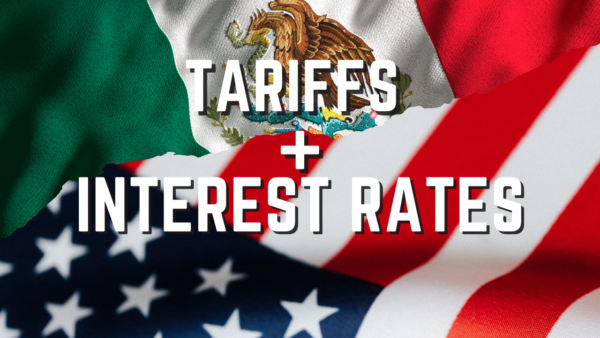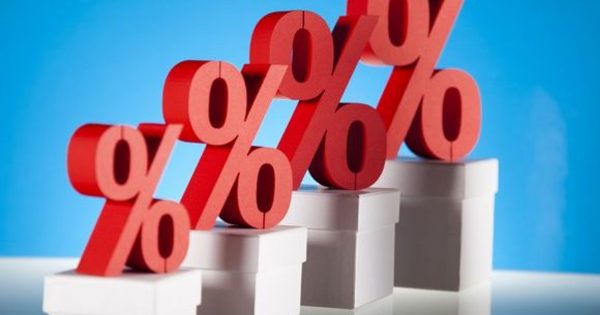Conditions have fallen in place for an easing of monetary policy to begin later this month. Fiscal policy will also likely see significant adjustments in the coming year, the nature of which will depend upon the outcome of the elections. However, the uncomfortable reality is that while the two parties have significantly different ideas about tax and spending policy, both of their platforms would leave fiscal policy on a trajectory that includes large and eventually unsustainable deficits.
Three Election Scenarios
To understand how fiscal policy could be affected by the elections, it is worth considering three scenarios: one in which the elections result in a divided government and two in which one party or the other scores a trifecta, or clean sweep, in terms of controlling the White House and both branches of Congress.
The expiration at the end of 2025 of many of the tax cuts enacted in 2017 will likely be one of the main issues that will preoccupy the next administration and Congress. Interestingly, there appears to be a consensus that the tax cuts should be extended for taxpayers with incomes below certain thresholds ($400,000 for those filing jointly). Moreover, both parties have expressed interest in using the tax code to support families and reduce child poverty rates. This will likely manifest itself in the form of larger tax credits for families with children. Another area of bipartisan consensus is the elimination of taxation on income that is received in the form of tips.
The Congressional Budget Office (CBO) has estimated that extending the tax cuts that expire at the end of 2025 would add over $400 billion per year to the deficit over the 2027-2030 period. Even without any extension of these expiring tax cuts, the CBO was projecting large deficits averaging approximately $2 trillion per year or almost 6% of GDP per year during the 2027-2030 period. If the expiring tax cuts are extended, the deficit would average about 6.5% of GDP.
This would be slightly larger than the 6.2% GDP deficit in fiscal year 2023. Additional tax changes, such as more extensive credits for children and ending taxation of tips, would push the deficit toward 7% of GDP. This appears to be the most likely outcome under a Republican sweep of the White House and both houses of Congress. Former president Trump has also indicated he favors eliminating the taxation of social security benefits. Combined with the other measures, it would push the deficit above 7% of GDP.
Vice President Harris has mainly adopted the tax increases proposed by President Biden on corporations and households with incomes over $400,000 as part of her platform.
Relative to the scenario discussed previously (which assumes that all the lower tax rates in place would be extended beyond 2025), this would reduce the deficit by about 1.5% of GDP from 7% to approximately 5.5% of GDP. This is still a high deficit relative to the average of the past 50 years when the deficit averaged 3.7% of GDP. Harris has also proposed taxing unrealized capital gains for very wealthy individuals (those with a net worth of $100 million or more). This would provide an additional partial offset to the effect of extending the expiring tax cuts for households with annual incomes under $400,000.
In a scenario of divided party control of the White House and Congress, the outcome will likely be intermediate. Areas of consensus (such as abolishing taxes on tips, enhancing support for families with children, and extending expiring tax rates for households with incomes below $400,000) could conceivably be implemented. The tax increases proposed by Harris would presumably not be implemented. However, households with incomes above $400,000 could see their tax rates revert to pre-2017 levels.
Additional Pre-Election Observations
Note that the deficit in 2023 (6.2% of GDP) is very high by historical standards (on average, 3.7% of GDP during the past 50 years). It will remain high for the foreseeable future regardless of the outcome of the November elections. Based on proposals set forth during the campaign, it could rise significantly as a proportion of GDP under full Republican control but might drop modestly under Democratic control. Of course, these are just party platforms, which do not always survive contact with reality.
The current fiscal policy trajectory is unsustainable in that it implies that an increasing share of expenditures will have to be set aside to pay interest on the debt. The federal government spends about 3% of GDP on debt financing. The Congression Budget Office projects that the proportion of spending on debt financing will rise to over 4% over the next ten years.
None of the election scenarios discussed above would be sufficient to stabilize or bring down the debt service burden. At the same time, it is possible that the country could remain on this sort of unsustainable fiscal path for decades. There is no imminent cliff. This is both a blessing and a curse: there is time to adjust but also a temptation to procrastinate and put off making hard choices.





